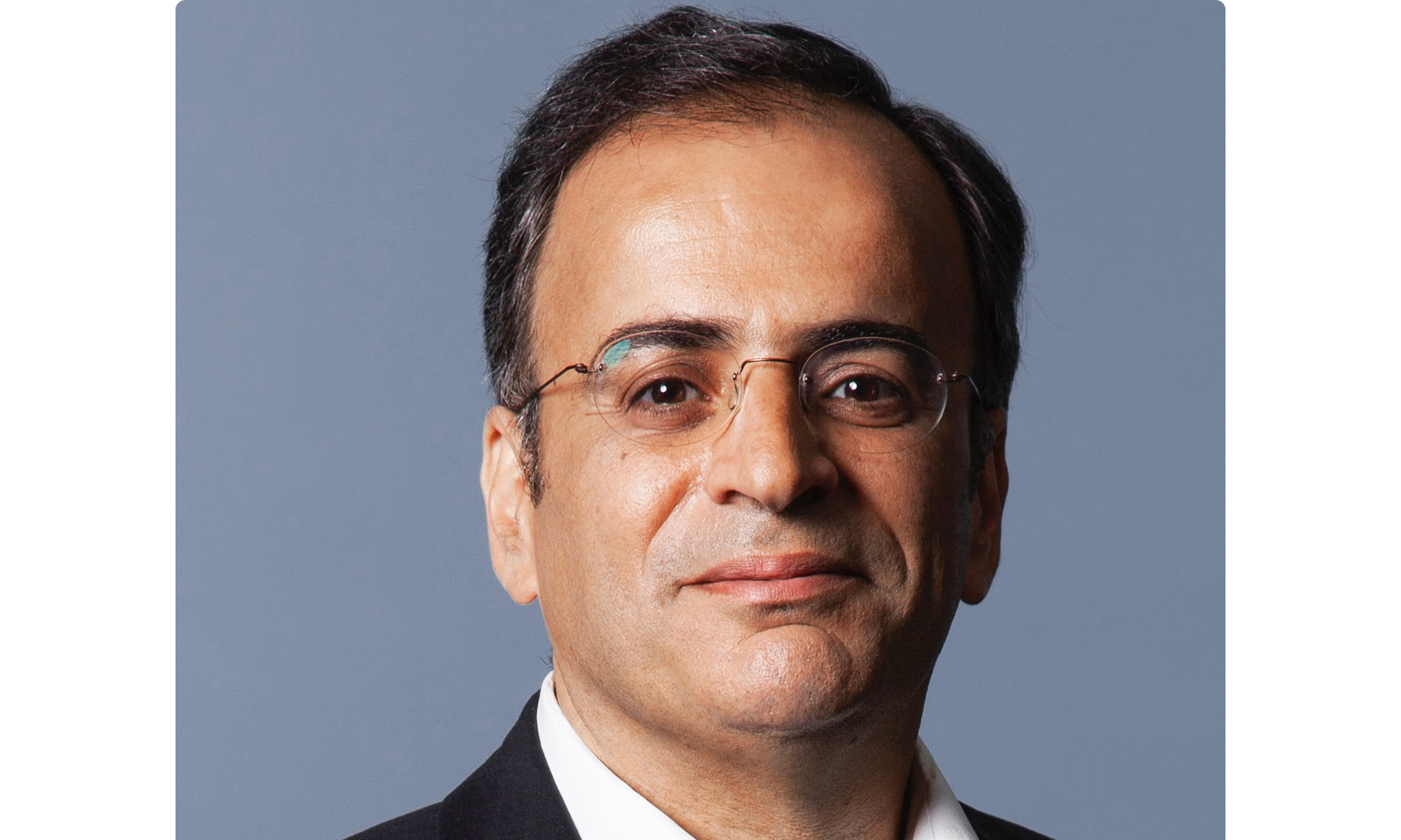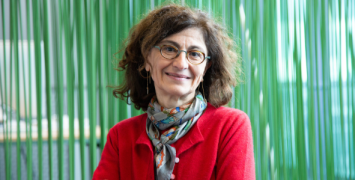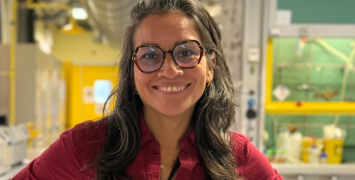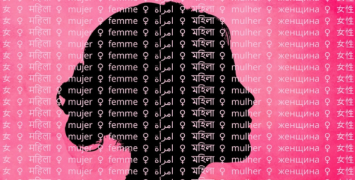
As EU research policy debates the balance between scientific excellence and societal impact, diversity - particularly the place of women in science - remains central to the discussion, writes Elyès Jouini.
The figures speak for themselves: women make up more than half of all students worldwide, yet represent barely 35 % of those in science, technology, engineering, and mathematics (STEM) in OECD countries. This share varies considerably from country to country (e.g., less than 30 % in South Korea, more than 50 % in Tunisia) and across disciplines, dropping to just 10 % in engineering. This is not merely an issue of fairness; it is a loss of talent that undermines our collective ability to address the grand challenges of our century.
Since its establishment in 2019, the UNESCO Women and Science Chair at Université Paris Dauphine–PSL has aimed to comprehend the underlying causes of this underrepresentation and to devise practical solutions. Anchored in an international network of 86 researchers across five continents, the Chair adopts a multidisciplinary approach (combining decision theory, economics, sociology, social psychology, management, statistics, and mathematical modelling) to study the mechanisms that channel or hinder women’s participation in STEM.
The paradox of gender-equal societies
Our research shows that achieving formal gender equality is not, in itself, enough to eliminate disparities. Paradoxically, some of the most gender-equal countries in terms of rights, political representation, or living standards display the most gender-segregated educational choices. Why? Persistent, and sometimes reconfigured, stereotypes continue to assign a ‘masculine’ or ‘feminine’ character to certain disciplines, particularly those with a strong mathematical content. In these contexts, the freedom to choose is sometimes accompanied by a retreat into gender identity, thereby reinforcing traditional divisions.
Conversely, in less gender-equal countries, women who overcome social barriers often turn to scientific fields, seen as pathways to emancipation and professional authority. However, stereotypes affect both performance and self-confidence in all contexts. For example, when girls are led to believe that they are 'less gifted' in mathematics, their performance suffers. This pattern has been documented across countries.
And if women seem to shy away from some demanding fields, it is not because they are overly risk-averse, but because they do not face the same risks as men, particularly due to the threat of stereotypes. This is evidenced by their strong presence in other equally demanding sectors such as law and medicine.
Beyond stereotypes: structural factors
While representations play a central role, they cannot fully explain the persistence of gender gaps. Working conditions, access to infrastructure (such as childcare), discrimination, and sexual harassment all influence educational and career choices. For instance, our research shows that countries with the highest proportion of women among patent holders are also those with the best childcare services. Other studies reveal how subtle forms of bias and microaggressions in academic settings can erode girls’ perception of their skills and potential.
When women’s absence shapes science itself
The lack of women in science is not only a matter of fairness or lost talent; it shapes the very questions we ask, the methods we use, and the solutions we produce. Scientific inquiry is never entirely neutral: it reflects the perspectives, priorities, and lived experiences of those who design it. When women are missing, entire areas of knowledge risk being neglected or biased.
Medicine offers some of the clearest examples. For decades, women were systematically under-represented in clinical trials on the assumption that male bodies could serve as the universal norm. As a result, heart disease protocols have been based largely on male symptom profiles, meaning that women’s heart attacks are more likely to go unrecognised and untreated.
Similarly, dosage recommendations for many drugs were historically calculated using male physiology. The consequences can be serious: in the United States, some sleeping pills have been prescribed for years at the same dosage for men and women until post-market data revealed that women metabolised them more slowly, increasing the risk of next-morning impairment and accidents.
Even the design of personal protective equipment, such as laboratory gloves and surgical masks, has often failed to consider women’s body shapes, reducing both safety and comfort. These are not marginal oversights: they are the predictable outcome of designing solutions in the absence of female perspectives.
The gender gap in AI: a new frontier of bias
Artificial intelligence amplifies both the risks and opportunities linked to diversity in science. Globally, women hold only about 22 % of AI-related jobs and represent around 12 % of researchers. Their under-representation affects every stage of AI development, from the choice of variables and dataset annotation to the priorities set for model training.
The consequences are tangible. When datasets under-represent women or fail to collect sex- or gender-disaggregated data, algorithms internalise and reproduce gender biases. In healthcare, AI models trained primarily on male patient data may underdiagnose conditions in women or misinterpret their symptom patterns. In recruitment, AI systems trained on male-dominated historical hiring data can filter out female candidates, as happened in a now-discontinued Amazon pilot. In facial recognition, error rates for black women are up to 40 times higher than for white men.
Bias in AI is not limited to data; it also stems from design decisions and performance metrics. Models optimised solely for ‘overall accuracy’ without considering subgroup fairness may perform well for the majority while systematically disadvantaging data underrepresented groups. The result is a feedback loop: exclusion from datasets leads to exclusion from the benefits of the systems that those datasets power.
Yet AI can also be part of the solution. Tools now exist to detect and correct some biases, while research on ‘counterfactual fairness’ seeks to design models that are robust to sensitive attributes such as gender. Inclusive design, from diverse data collection to transparency and explainability standards as set out in the EU AI Act, can help ensure that AI promotes equity rather than undermines it.
Innovation: the cost of exclusion
The exclusion of women from STEM, and particularly from AI, is not only a social injustice, but also an innovation bottleneck. Diverse teams are more likely to challenge assumptions, explore alternative approaches, and identify risks earlier. Conversely, homogeneity increases the likelihood of blind spots, from biased medical algorithms to financial risk models that ignore women’s life-course patterns.
Our research confirms that mixed-gender research and innovation teams produce more creative and higher-impact work. And female ‘star’ innovators act as catalysts, accelerating the careers of other women and enriching the knowledge base. But without structural change, this potential remains underused.
From evidence to action
Based on our work, we recommend a multi-pronged strategy:
- Gender-sensitive data and research to map disparities, their causes, and their impact on science.
- Early interventions in schools and families to broaden aspirations and identify and dismantle stereotypes before they take root.
- Structural reforms in recruitment, evaluation, and workplace organisation, including equitable parental leave and accessible childcare.
- Mentorship and networks connecting generations of women scientists and innovators.
- Inclusive AI design through diverse AI teams, algorithm audits for bias, and fairness constraints embedded in model objectives.
An agenda for Europe and beyond
Through its support for frontier research, the European Research Council has a unique opportunity to align scientific excellence with a commitment to diversity. Embedding inclusion into the very definition of excellence is not optional; it is essential for producing more creative, relevant, and legitimate science.
We believe the key question is not only how many women are in science, but how science changes when all voices are heard. The examples above show that exclusion is not neutral: it creates blind spots that cost lives, reduce fairness, and limit innovation.
To meet the demands of the 21st century, we must mobilise the full breadth of human talent and perspective. Without women, we are quite literally working and programming our future with only half the available intelligence.

Elyès Jouini is Distinguished Professor of Economics at the University Paris Dauphine-PSL, where he holds the UNESCO Chair “Women and Science”. He is also the Administrator of the Institut Universitaire de France.





